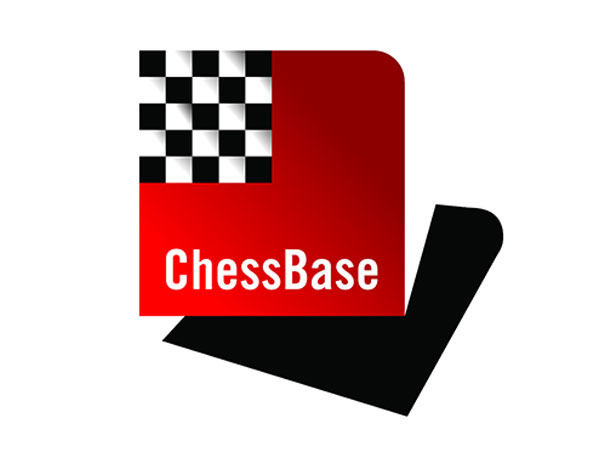Yearning for some dark squares
Nigel Davies' new Pirc-DVD reviewed by Steve Giddins
As readers of my book 'How to build your
chess opening repertoire' will know, I am a firm believer that players
should stick to their openings, and not chop and change every couple of years.
Having said that, there are some advantages in switching to a different opening
once in a while. In my own case, having played the French Defence for over 20
years, it is all about colour prejudice. As any French player knows, especially
if one plays the Winawer Variation, one must get used to having dark squares,
which are just so many open wounds. All those pawns on white squares, with no
dark-squared bishop…Naturally, one has compensation, in the form of White’s
doubled pawns, etc. but even so, 20 or more years of playing Winawer positions
as Black does tend to leave one feeling desperate, every now and then, to have
a position with a bit of dark square control.

Now if it is dark squares you are after,
there are few openings more suitable than the Pirc Defence, 1 e4 d6 2 d4 Nf6 3
Nc3 g6. Here, Black sets out his stall right from the start, allowing White to
occupy the centre with pawns, but setting up counterplay on the central dark
squares. The key bishop on g7 fires down the long dark diagonal, and Black
follows up with moves like e5 or c5, hammering away at the dark squares and
seeking to undermine White’s centre.

The Pirc, and its closely-related twin, the
Modern Defence, are not hugely popular at top level nowadays, but they retain a
hard core of supporters, and it is clear that from a theoretical point of view,
Black does not face any desperately serious challenges. Objectively, White is
probably a bit better in various lines, but no more so than in most other
openings. In addition, most Pirc/Modern positions offer greater scope for
active counterplay than many other openings, whilst heavy early simplification
is usually avoided. This makes the Pirc ideal for the player who wants to play
for a win as Black.
Amongst strong GMs, Ponomariov is a regular
Pirc practitioner, but Mikhail Gurevich is probably the most successful
exponent of the opening. It is interesting to note that he combines the Pirc
with the French, as his two defences to 1 e4, which rather supports my theory
about colour complexes. Come to think of it, the great Mikhail Botvinnik,
having spent half his career defending the Winawer, became a Modern player in
his final years, too! In England, Ray Keene was the great populariser of the
Pirc in the 1960s and 70s, but since his retirement from active play, it is
Grandmaster Nigel Davies who has assumed his mantle.
Click here for replay of a
sample video.
Although himself less active than in former
years, Davies remains to my mind one of the deepest of English players. Even as
a youngster, his style was characterised by his subtle appreciation of involved
English-Reti systems, and the Pirc/Modern as Black. Although his style has
broadened in recent years to include 1 e4 as White, and 1 e4 e5 as Black, I
have always felt that it is in the subtle positional labyrinths of the
hypermodern systems that his play remains at its most impressive. That being
so, he is the ideal person to introduce the Pirc Defence to the average player,
which is what he does on this DVD. In over 7 – yes, seven! - hours of
instruction, he presents a full repertoire for Black, based on the initial
moves 1 e4 d6 2 d4 Nf6 3 Nc3 g6.
The depth of coverage is shown by the fact
that no less than 13 separate lectures are devoted to the Austrian Attack, 4
f4. Against this, Davies eschews the oft-recommended 4…Bg7 5 Nf3 c5 variation,
which allows White to force a draw by 6 Bb5+ Bd7 7 e5 Ng4 8 e6 fxe6 9 Ng5 Bxb5
10 Nxe6 Bxd4 11 Nxd8 Bf2+ 12 Kd2 Be3+ etc. Instead, he recommends the line with
5…0-0 6 Bd3 Na6, which leads to sharp positions, where Black’s defensive
resources allow him to hold his own against White’s various attacking ideas
.
Other particularly dangerous systems for
White are those introduced by 4 Be3, and Robert Byrne’s old system, 4 Bg5. On
the various occasions when my desperate longing for some dark squares has led
me to consider playing the Pirc, it is the latter which has worried me the
most. Having seen Davies’ coverage on this DVD, there remains one specific
sequence where I still have a few doubts about Black’s position, but otherwise,
the lines presented here seem to offer Black excellent counterplay. As a
long-time Pirc player himself, Davies naturally has a variety of ideas of his
own, in different variations, and these are shared with the viewer, throughout
the DVD.
Overall, I believe that any player
interested in the Pirc Defence will find a great deal of valuable material on
this DVD. Naturally, as with any repertoire book, the player can always
substitute another variation for one or more of those recommended on the DVD,
if he finds that a specific line does not appeal to him, but in general, Davies
has gone out of his way to recommend the most solid and reliable lines for the
Black player. Next time somebody opens 1 e4 against me, and I can’t face
another of those dark-square gambits that masquerade as the Winawer, I think I
know what I will play…
Further enthusiastic reviews of Nigel Davies' new DVD can be found at:
www.chesscafe.com
and
www.chessco.com
























